Have you ever had to describe a wine at a dinner party? If you are an expert, you can certainly say " it is round, warm, woody and tannic " , without an ounce of panic in your voice. But for most of us... it's total improvisation.
Well, it's a bit the same thing with perfumes: we try to describe them, but very often we're not sure of ourselves. Today, Bastille explains the basics of perfume tasting - and we start with olfactory families . Ready?
A little history
Several classifications of perfumes were created in the 20th century, but the one we know today dates from 1984 and we owe it to the French Society of Perfumers (SFP). This classification can be debated today because current perfumes are much more complex than at the time. It is therefore becoming more difficult to classify them correctly. That said, it's a very good starting point, and it has 7 olfactory families .
A little clarification before starting, just to make it clearer to you: any olfactory family is recognized by an accord , a composition of several notes giving a particular smell . For example, the chypre family has this characteristic “humid forest” smell. This accord may contain notes that belong to other olfactory families: a chypre accord contains notes of bergamot from the citrus family and notes of rose belonging to the floral family. In other words, an olfactory family is a composition of notes from here and elsewhere which, once assembled, allows the creation of these famous olfactory signatures. You follow ? Come on, that being said, here we go!
The game of 7 families
The Hesperidae family
We start with the easiest family to recognize: citrus , which quite simply refers to citrus-based perfumes. These include the famous Eaux de Cologne , which use and overuse oranges, grapefruit, bergamot, lemons... Do you feel this breath of fresh air?
These citrus notes are generally found in the top notes of fragrances : dazzling, they are also volatile and ephemeral. They are therefore often the first impression you have of a perfume. Poorly dosed, you find yourself smelling like lemonade... while well orchestrated, citrus fruits bring a sparkling opening, flight and give a smile to a composition.
The floral family
Second family, also quite simple to recognize: florals ! Floral perfumes are created on the theme of one or more flowers, whether natural or synthetically recreated. If your perfume smells predominantly of flowers, whether it reminds you of a beautiful bouquet or a spring garden, it is a floral . Easy, right?
And to impress at your next dinner party, here is some information that should leave your guests speechless. This olfactory family of florals gives free rein to many possibilities, as flowers give us very different notes depending on their species: animal, green, fruity, powdery or even solar facets, floral compositions can be very varied. From soliflore (in other words, a perfume with a single floral dominant - hop, one more word to add to your neophyte perfumer's dictionary!) to floral bouquet, the possibilities are numerous.
The fern family

We move on to the fern family ! This has nothing to do with the plants found in the forest, which otherwise don't smell much. It is named after a very famous accord, composed of lavender, geranium, woody notes - vetiver and oakmoss - and coumarin. This accord was created in 1882 for a perfume called... Fougère Royale . A perfume which has also resolutely revolutionized men's perfumery with its fresh, aromatic and sweet notes directly inspired by the smell of barber soaps.
Originally very virile and very “hygienic”, the fern family was quickly brought up to date . Today, fougere perfumes are intended to be more modern, more nuanced and can even reveal fruity, powdery, leathery, even amber or musky facets... We grant you, recognizing this accord is not an easy task: the best way to do this is to explore men's perfumery, you won't have trouble finding it.
The chypre family
The Cyprus : their name is already a whole program of exoticism. The chypre accord does not represent a single scent, but a composition of several notes. It comes from Coty's Chypre in 1917: this perfume is mainly based on woody notes of patchouli and oakmoss, which can be recognized by their "humid forest" smell. We also find in this family notes of: bergamot, rose, jasmine and cistus labdanum - which, like oakmoss, has also been replaced by patchouli or by synthetic equivalents, following the ban by IFRA to use these materials.
The woodland family
In the woody family , I ask for vetiver! As its name suggests, the woody family includes perfumes with a wood smell . This family includes sandalwood, cedar, guaiac and of course vetiver . These woody notes concern fragrant woods but also leaves, plants or roots. For example, vetiver is an herb but its woody and sensual scent allows it to be classified in this olfactory family.
These raw materials constitute the “backbone” of the compositions. They are the base on which the other notes of a perfume will be based. And although they have long been present in men's perfumes, don't let yourself be influenced by marketing: whether they are warm, captivating or dry, woody perfumes are just as masculine as they are feminine .
The oriental amber family

Shall we take a gourmet break? We have now arrived at the oriental amber family. You know the sweet scent of amber, vanilla, powdery, slightly animal notes: you therefore know the amber family, also called oriental . Warm, she is easily recognized.
The amber-oriental notes that make up this family, which are mainly found in the base notes of a perfume, are composed of a multitude of raw materials . Among the most famous are: ambergris, vanilla and tonka bean. Added to these are balms such as Peruvian balsam or benzoin with woody and vanilla notes, but also myrrh, incense, styrax, musk, opoponax or even certain well-known spices such as cinnamon. or cloves... Raw materials ultimately straight out of the Arabian Nights.
The leather family
Last but not least: leathers ! Leathery notes go back to the origins of French perfumery . They echo the scented creations used by Grasse glove makers-perfumers to camouflage the smell of tanning their leathers.
More difficult to smell and wear, leathers are the prerogative of niche perfumery , and of an already seasoned public . The goal is to reconstruct the smoky, animal and woody smell of leather while counterbalancing it with floral notes. To do this, there are several solutions: working with natural accords such as birch or tobacco, choosing synthesis or even animal notes - but their use being very regulated or even prohibited for civet and musk in particular, perfumers generally favor synthetic reproduction and the natural .
Ok, what next?
The theory is rather simple, but in practice, classifying perfumes is very complex ! Perfumes have many different nuances and can even straddle two families. This is why there are subfamilies : spicy citrus, fruity woody, etc. But, let's be honest, that complicates things even more. So, to shine at your next dinner, stick to these main families: you will already make a big impact on your audience!
------
Photos: Unknown, Jules Theret
Source: SFP








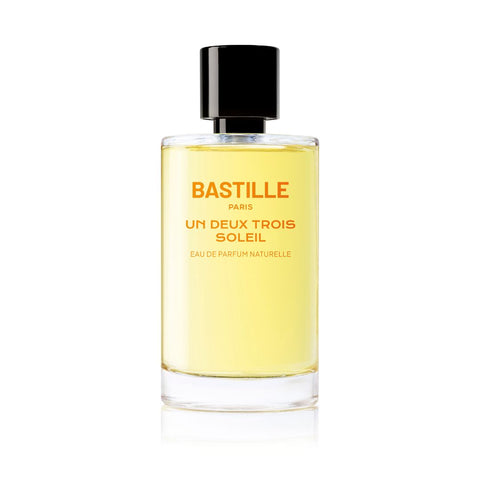



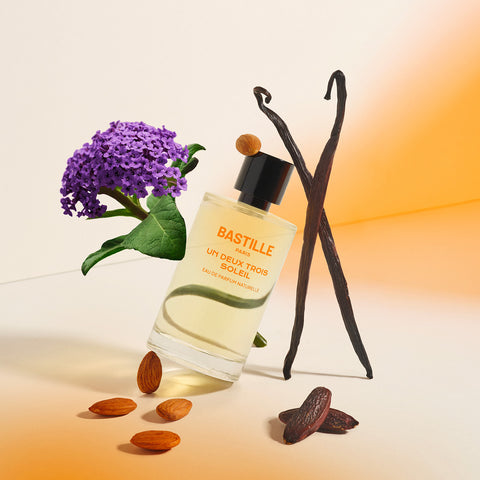
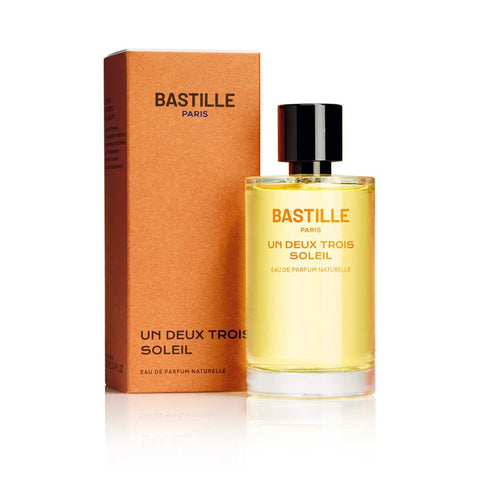
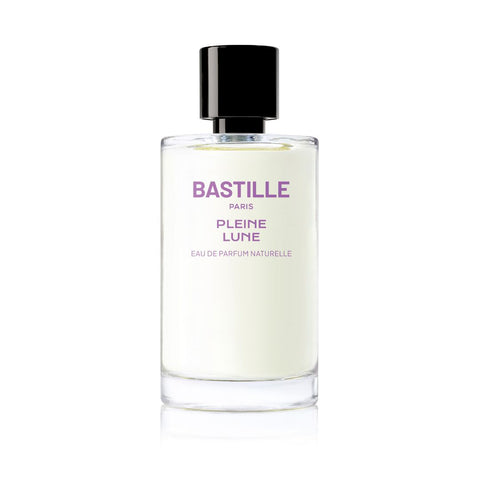
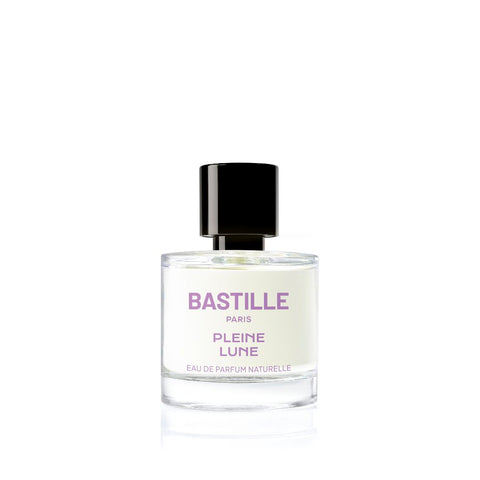
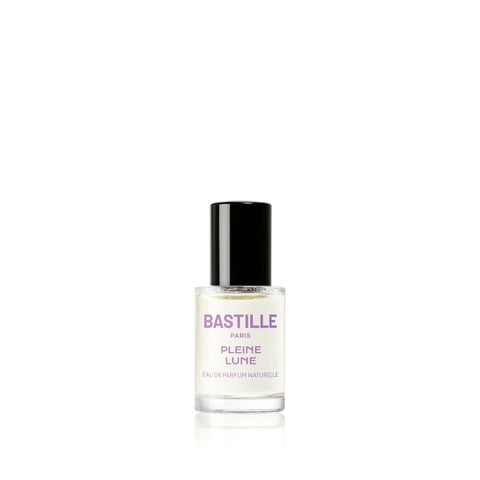

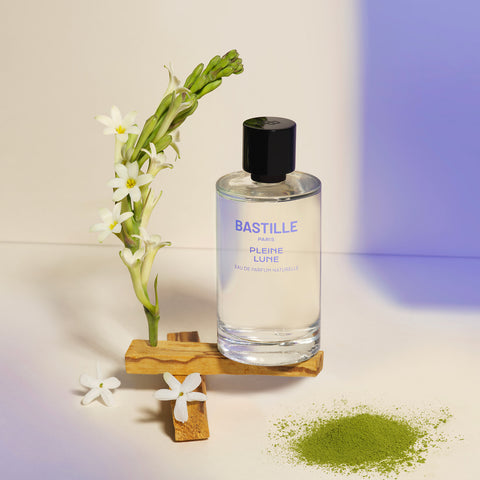
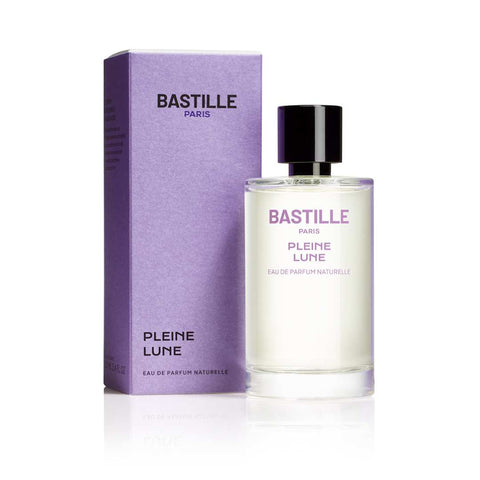

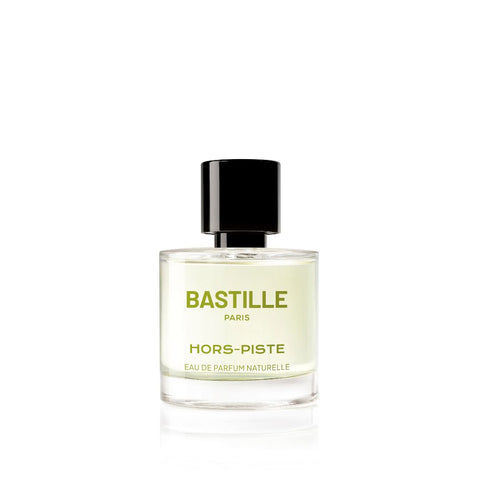

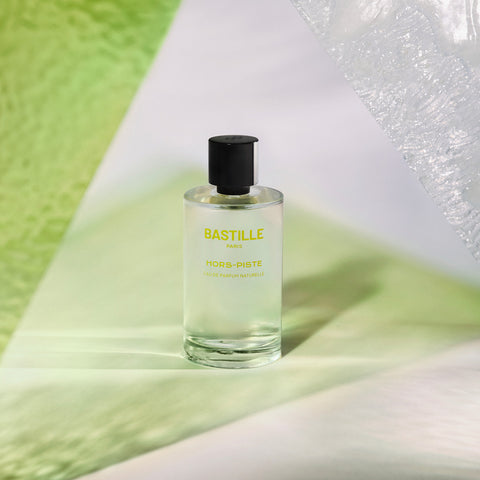

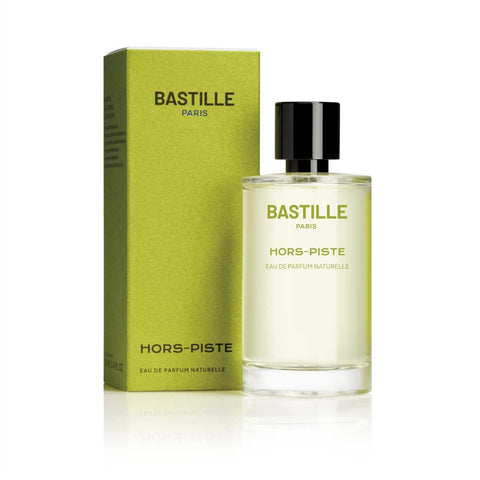

Comments (0)
There are no comments for this article. Be the first one to leave a message!